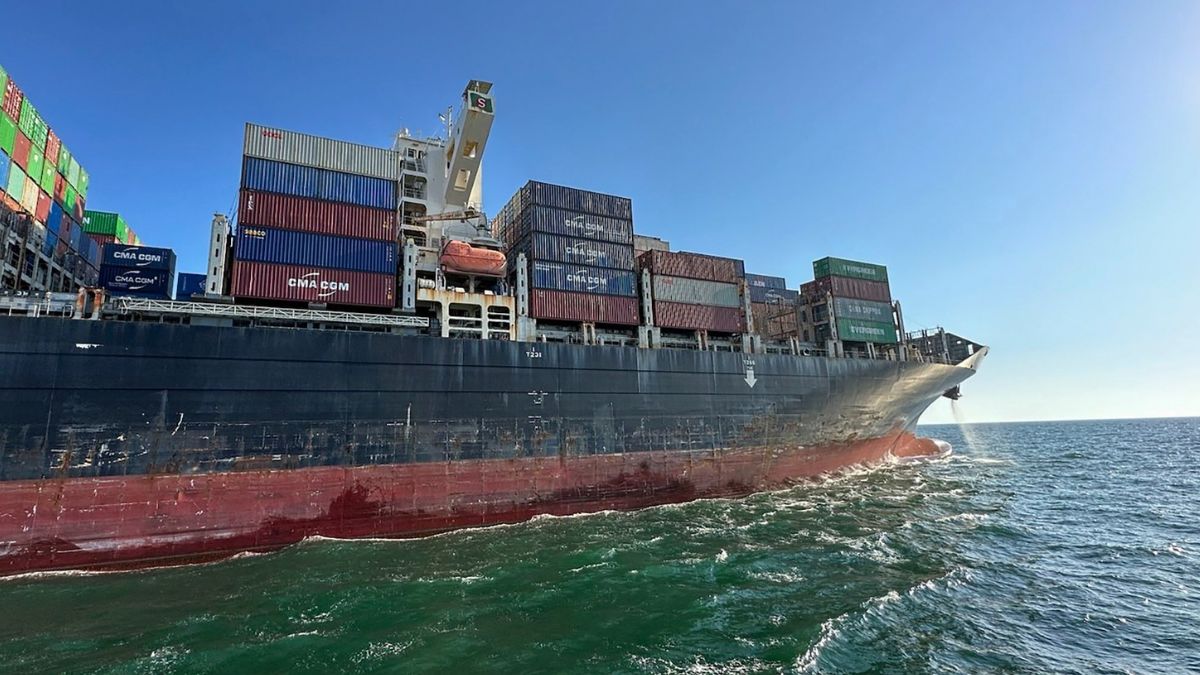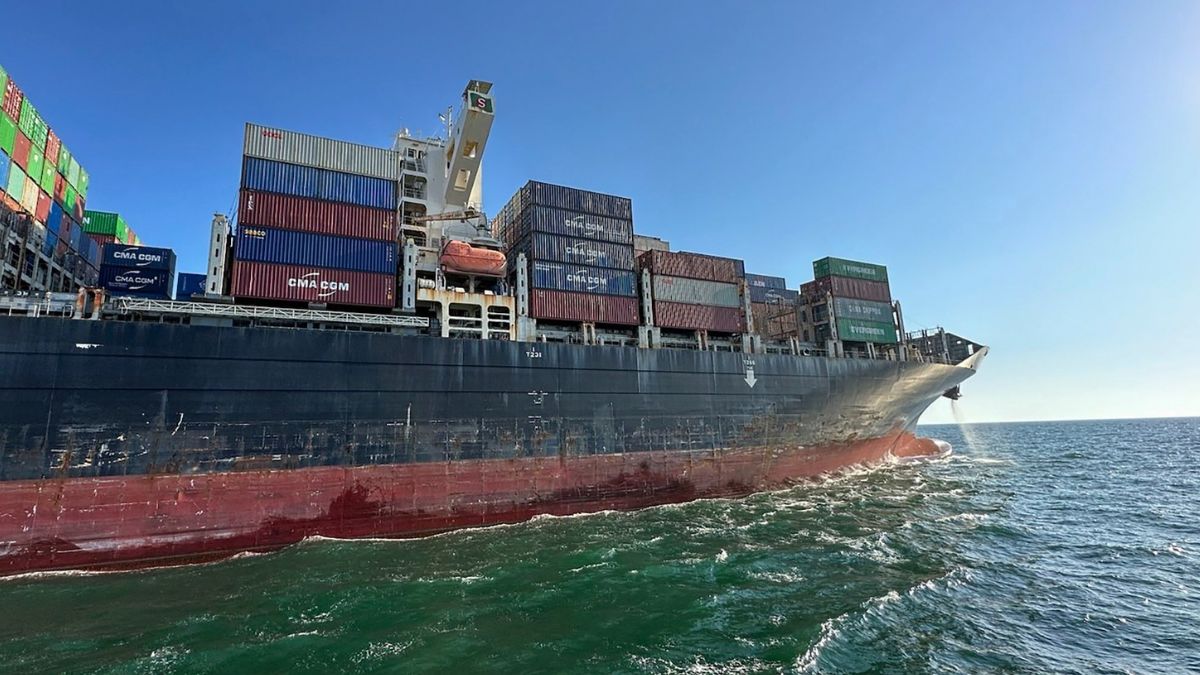Remember what happened in Mumbai in the last week of November 2008? The mayhem lasted three days, as the country’s best police force, the National Security Guards and other armed forces struggled for three days to combat extraordinarily-trained commandos. Yes, let’s call them that; it matters little whether or not they were registered in any country’s army. The reflexive label ’terrorist’ doesn’t begin to express the fact that they were better trained than most soldiers.
A country that forgets such events is condemned to suffer repeats, it would seem. The battle that unfolded over three days at the Entrepreneurship Development Institute (EDI) on the outskirts of Srinagar demonstrated that; unless we all engage with such lethal challenges as citizens, those we have trusted to think, analyse and strategise on our behalf don’t have the ability to clinically analyse beyond those coverall propagandist terms such as ’terrorist attack’. Eight years after the Mumbai attacks, that they are a clueless bunch seems pretty indisputable.
It seems pretty obvious that the training of the commandos at the EDI was similar to that of those who attacked Mumbai. It should have been clear to even low-grade intelligence that a facility to train extra-army commandos to this level would not have been set up for just 10 fellows. Other trainees were bound to show up sooner or later.
Three trends have been building towards convergence since 2008 — and that convergence appears to be occurring right now. The first trend was the public emergence of youth anger in Kashmir, although it had been festering beneath the surface for a couple of years before 2008. The second trend was Chinese belligerence over Jammu and Kashmir. The eastern power declared that it not only considered the issue to be undecided, but that it was a stakeholder. To emphasise the point, it repeatedly sent troops into parts of the state under India’s control.
The third trend is a new phase of ‘proxy’ war by Pakistan — only, at a much more sharply lethal pitch than in the 1990s in Kashmir. One might think of the Mumbai attack as a test run. It would be best to be prepared for more attacks of that level. For the EDI battle made it clear that that level of training and motivation is still operational.
We have been told that only two commandos were engaged in battle from that building. Since the battle entered its third day on Wednesday morning, the three fighters evidently operated at peak battle efficiency, presumably without food, sleep or ablutions for that long. No doubt drugs for awareness enhancement and other purposes are in use. But that cannot detract from those commandos’ extraordinary battle efficiency — the sorts of expertise depicted in films of the Mission Impossible kind.
Searching questions need to be asked about the required strategic preparedness that has not been put in place since 2008. Even at the local and immediate level, security men should have been billeted in the EDI building after the first battle there at the beginning of this year. The seven-storey building represents a commanding height that overlooks the highway from Jammu as it enters Srinagar. The building is easily reached, for it stands on a large property between that highway and the river Jhelum.
Instead of being turned into a fortification, it has stood there as a grotesque partly burnt, partly destroyed reminder of that first battle, during which people from nearby villages had converged there to heckle and stone the soldiers who were battling with the disadvantages of elevation and line of sight.
One can only speculate on why decisions on preventive fortification were not taken with efficient dispatch even after that extremely unsettling battle earlier this year. Did the extremely high value of the property have anything to do with inefficient strategic thinking? Is it sloth? Or plain dumbness?
Of course no one will be held to account even now. This is unforgivable. The country will pay a very heavy price.


)




)
)
)
)
)
)
)
)